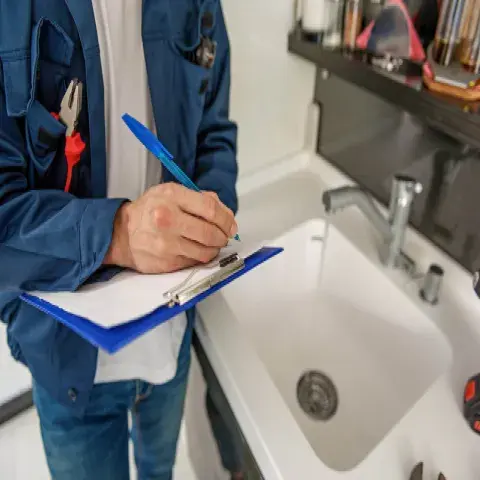Accidents and disasters can strike at any moment, leaving your home and belongings vulnerable. While we cannot predict when such events may occur, we can prepare ourselves by creating a thorough home inventory. A home inventory is an essential tool that helps homeowners document their possessions and facilitates the insurance claims process.
Listed below are steps on how to complete a comprehensive home inventory, ensuring you are prepared for any unforeseen circumstances.
Step 1: Start with Organization
Before diving into your home inventory, set aside some time to declutter and organize your living spaces. This process will make it easier to locate and document your belongings. Begin with one room at a time, categorizing items into sections such as furniture, electronics, appliances, jewelry, and clothing.
Step 2: Choose Your Method of Maintaining Accessibility
Ensure that your inventory, including the photographs or videos, is easily accessible. Store digital copies in a secure location, such as cloud storage, external hard drives, or reputable online platforms. Having them readily available on your computer or mobile device will expedite the claims process.
Step 3: Document Key Details
For each item in your home, record important details such as the item’s name, brand, model number, serial number (if applicable), purchase date, and purchase price. Include any receipts, warranties, or appraisals you may have, as these will serve as supporting evidence during the claims process. It is also wise to keep physical copies of essential documents in a safe place.
Step 4: Take Photographs or Videos
Visual documentation is crucial for accurate home inventory. Capture clear photographs or videos of your belongings from different angles, focusing on any valuable or high-ticket items. Be sure to include close-up shots of unique features or any existing damage. Consider using a timestamp or date stamp feature to establish proof of ownership.
Step 6: Update Your Home Inventory Regularly
Life is constantly changing, and so are your possessions. Make it a habit to update your home inventory periodically. Whenever you purchase new items or get rid of old ones, take the time to adjust your inventory accordingly. This ongoing maintenance will help ensure that your inventory remains accurate and up to date.
Step 7: Be Ready to Share with Your Insurance Provider – Just in Case
Once you have completed your home inventory, it is important to be prepared in case of unfortunate damages caused by a covered peril. Having your documentation ready will streamline the claims process. Adhere to your insurance provider’s guidelines for filing a claim, which may involve completing claim forms, providing written descriptions of damaged items, and supplying estimates for repairs or replacements. The visual evidence from your comprehensive home inventory will significantly expedite the claims process, ensuring a smoother experience during a challenging time.
A comprehensive home inventory is an invaluable asset when it comes to filing insurance claims. By following the steps outlined in this blog, you can create a detailed and accurate record of your possessions, simplifying the claims process and helping you recover from unexpected events more efficiently. Remember to review and update your home inventory regularly to reflect any changes in your belongings. Stay proactive and be prepared for the unexpected with a comprehensive home inventory.
Home Inventory Checklists by Rooms:



